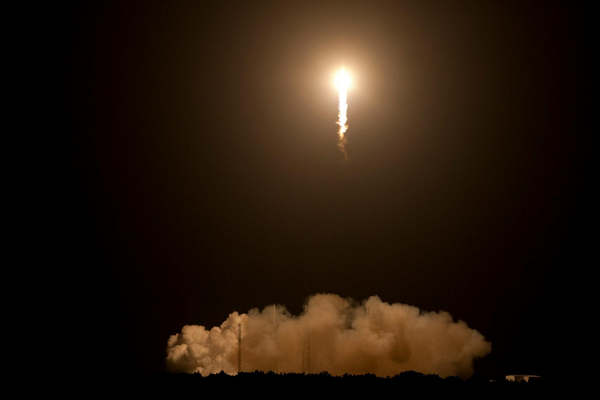
In the heyday of the wonderful church, it was used as the final resting place for the rich and powerful: high-ranking clergy, wealthy landowners, lords who guarded the borderlands.
But excavation work carried out at Tintern Abbey has found that after the gothic masterpiece fell into ruin following the dissolution of the monasteries, ordinary local people took advantage of the chance to bury their dead within the sacred – and beautiful – grounds.
To the surprise of archaeologists and historians, two graves that have been examined at the abbey in south-east Wales at the start of a major restoration project were found to contain the remains of an adult and two children who had clearly lived tough, unprivileged lives.
“It’s an amazing story,” said Gwilym Hughes, the head of Cadw, which protects Wales’s historic buildings. “There was this switch from this being a grand place where the elite are buried to one being used by people who are on the edge of communities.
“Tintern was the resting place of the great and good in the medieval period – the benefactors, the patrons, the marcher lords. This appears to have changed dramatically in the middle of the 16th century with the dissolution. It was still used as a sacred place for burial, this time not by the elite, but by people who appear to have been marginalised by society. It’s fascinating.”

Cadw has launched a multimillion-pound five-year conservation project to protect Tintern’s soft medieval stonework, which has been eroded over the centuries.
Archaeological investigations began on the site in the summer to help understand what lay beneath the ground and so avoid damaging any ancient fragile features and ensure that the scaffolding that will be erected has a stable base.
Artefacts dating from the late 13th century to the modern period have been discovered, including rare medieval window glass, floor tiles and pottery, and coins from the reign of Henry III onwards.
Most graves have been left intact, but it was felt that 18 had to be excavated. Of these, three have been looked at more closely and yielded some surprising insights.
Richard Madgwick, a reader in archaeological science at Cardiff University, said: “We have only analysed a few burials from the abbey so far, but these are already providing unparalleled new insights.”
They include a person who was wrapped in a cow’s hide in an impressive tomb – clearly someone of high status – but the more interesting were found just outside the main body of the church.
One grave contained the remains of a woman who appeared to have been disabled and may have died in her 30s or 40s. Another contained the skeletons of two children, aged about one and five, who showed signs of chronic ill health potentially related to poor nutrition or disease.
Madgwick said the woman’s grave was shallow and appeared to have been hastily cut, suggesting she had been buried secretly. “The key thing is, this burial postdates the dissolution, and this was probably someone who wouldn’t have been able to normally access a prestigious burial spot. It’s clear the abbey really retained special status to some people.
“It conjures up images of cherished family, of someone who had been cared for though life going to some effort to bury her in the best place possible.”
It is the first time that the abbey church, long celebrated in literature and art, has been investigated in such detail for a century. Madgwick said: “I thought our main window would be looking at higher-status individuals – the monks, the clergy – but this is giving us the chance to see how ordinary people were using the abbey after the dissolution.” The remains will be returned once the work is complete.







